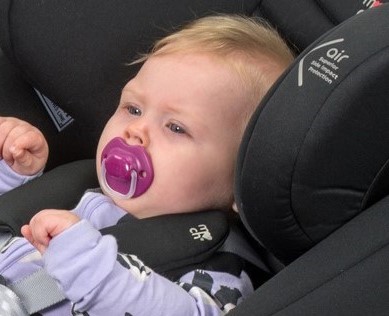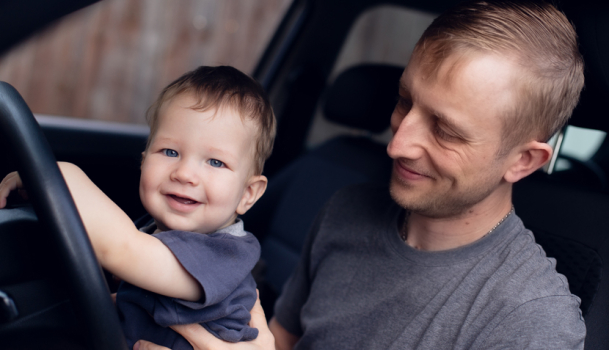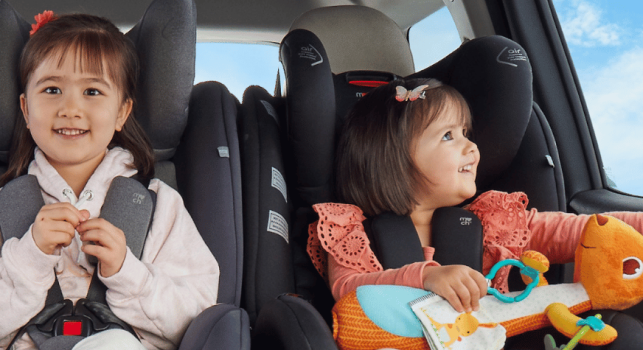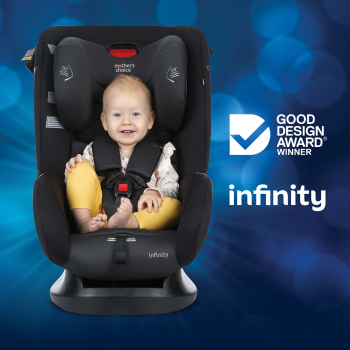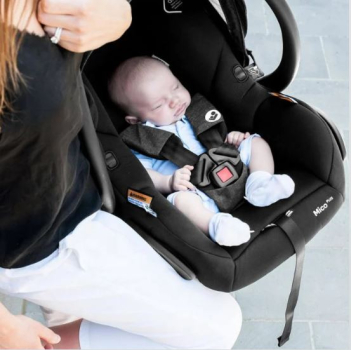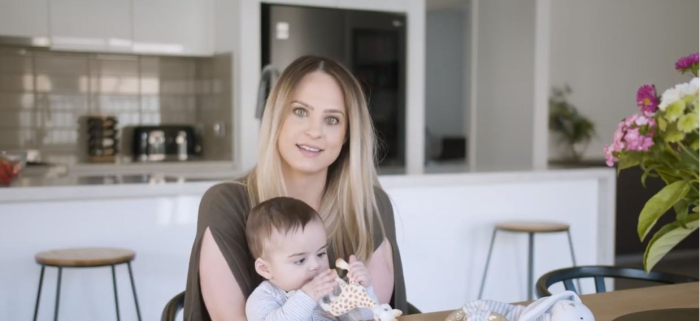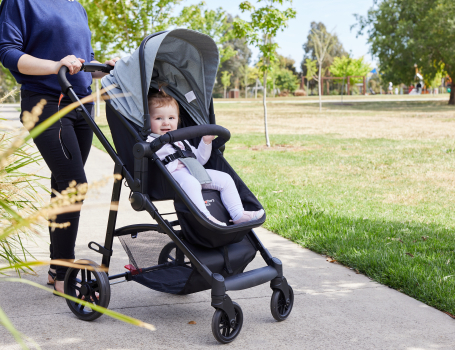After selecting an ideal car seat, first-time parents can’t shake the feeling that, somehow, they’ve missed a step or did something wrong during its installation. But let us reveal a little secret: even some more experienced parents and caregivers are prone to making mistakes. In fact, last year Neuroscience Research Australia (NeuRA) surveyed 400 parents in Australia and found that more than half installed their child’s car seat incorrectly.
It is imperative to dot the i’s and cross the t’s during the car seat installation process because a properly set up car seat minimises the chances of injury or death in the case of a car accident.
So you’ve followed the instructions down to the ‘t’ but something still feels a little off? Here’s a list of the most common car seat installation mistakes people make - take the time to go through each and ensure everything is in its right place and properly tightened.
1. Loose car seat
Once the car seat is attached to the back seat, you should test whether it can move in either direction. A properly fitted car seat should not be able to move more than 2.5 centimetres both ways. In recent years, more and more parents opt for car seats with Isofix fitting system that enables quick and easy installation. These seats can be attached to Isofix anchors that are in-built into the latest car models and have an indicator system that lets you know whether the seat is installed correctly.
2. Improperly Positioned Shoulder Straps
- In rearward facing car seats, the shoulder harness straps must be in the slots which are nearest to the child’s shoulders, but not lower than the child’s shoulders.
- In forward-facing, the shoulder straps must be in the slots which are nearest to the child’s shoulders, but not more than 25 mm below the child’s shoulders.
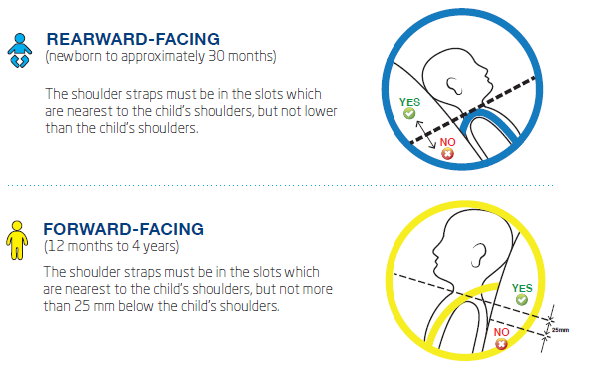
3. Loose Harness
This can be easily checked with a pinch test - after you buckle the harness, try to pinch the material that goes over the child’s shoulders. If you are able to grab a bit of extra fabric with your fingers, it means the harness is not fastened tight enough.
4. The Wrong Belt Path
Many skip on reading the instructions thinking the installation is fairly straightforward and end up using the wrong belt path - mixing up the forward-facing for the rear-facing orientation or the other way around. Believe it or not, this is quite a common mistake, which is why we emphasise reading the instructions and double-checking the seat’s labels.
5. Failure to Use a Top Tether
This refers to all forward-facing installations - it is of utmost importance to attach the top tether. This will further reduce the seat’s motion and provide an additional layer of protection for your child.
6. Inadequate Recline Position
Certain car seat models can be adjusted in accordance with the baby’s mood and allow you to place them in a more horizontal position when they wish to take a nap during the car ride. Now, when it comes to the upright position, some parents make the mistake of setting it up overly upright which will make the baby’s head fall forward and can cause trouble with breathing. On the other hand, reclining it too far will not provide adequate protection in a crash.
In this case, as well, it’s best to turn to the official manual and read about the most optimal positions.
7. Installing the Seat Too Close to the Door
The best position for a baby car seat is the middle of the back seat. Even if the seat you selected comes with side-impact protection, placing it away from the door minimises the chances of injury in the event of a crash.
Furthermore, you’ll soon discover that this is the most practical position for parents as they can reach their child from the front seat more easily.
Final words
Aside from an inaccurately installed car seat, parents are known to make a few more accidental mistakes which put their child at risk of getting an injury in an accident. Some of these include:
Changing them to the next-stage seat too soon - check the official Australian Standard regarding the car seat laws and their use according to the child’s age.
Using a booster cushion instead of a booster seat with high-back, which is not nearly as safe.
Transitioning to a safety belt too soon and not obeying the official Australian standard.
Using an unreliable second-hand car seat that might have been in an accident before. If it suffered more or less evident damages, it could malfunction.
Placing a baby in a seat while they are in bulky clothes or a winter jacket, which prevents you from properly tightening the straps.
In the end, even after installing the car seat properly the first time, be sure to check its position and condition regularly. Resort to a wiggle test by shaking it side-to-side to see whether it moves more than 2.5 centimetres either side. Also, be sure to check for signs of wear and tear which can cause the seat to malfunction.
Need help finding the right product for your child?
Our business hours are Mon-Fri, 8:30am - 5:00pm AEST.

